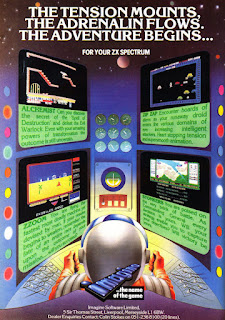The Top Gun of NES Games: My 8 Favourite Classics That Still Soar

The Nintendo Entertainment System was more than a console it was a gateway to adventure, a pixelated playground where every click of a cartridge ignited joy. As a lad, I’d lose myself in its worlds, the hum of the telly and the clack of the controller my soundtrack to countless afternoons. Sure, legends like The Legend of Zelda, Castlevania, and Mike Tyson’s Punch-Out!! deserve their praise, but my heart belongs to eight NES gems that defined my late childhood entry to the NES: Top Gun, Super Mario Bros. 3, Kirby’s Adventure, Contra, M.U.L.E., Mega Man 2, Rad Racer, and Batman: The Video Game. These are my Top Gun of NES games - titles that flew high then and still hold up today. Let’s take a nostalgic flight through why they’re so special, what critics thought at the time, and how they play now. 1. Top Gun (1987) Top Gun was my Maverick moment. I’d squint at the screen, imagining myself as a hotshot pilot dodging missiles and nailing that carrier landing. The game’s flight sim v...










